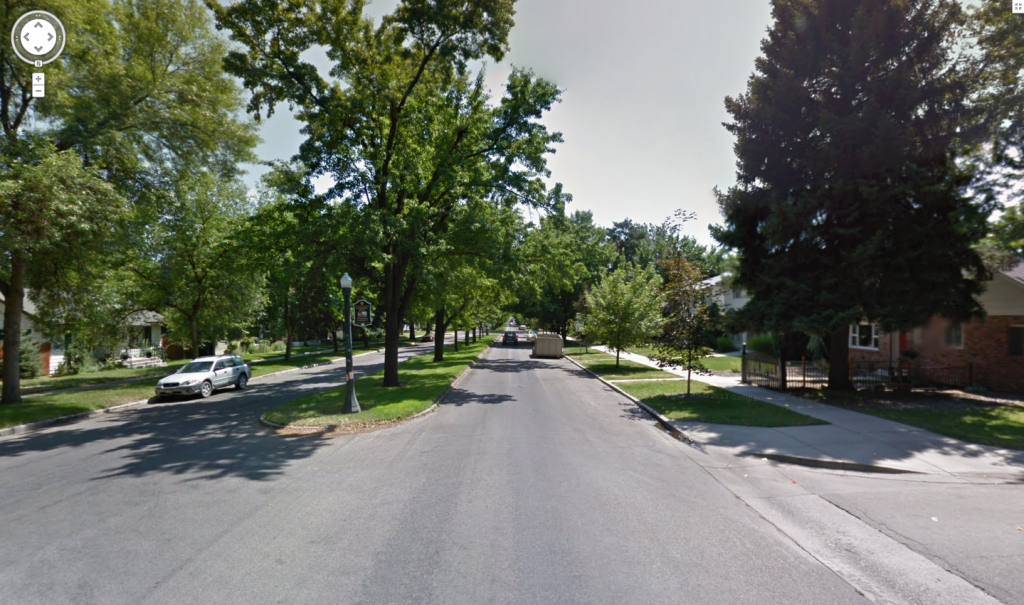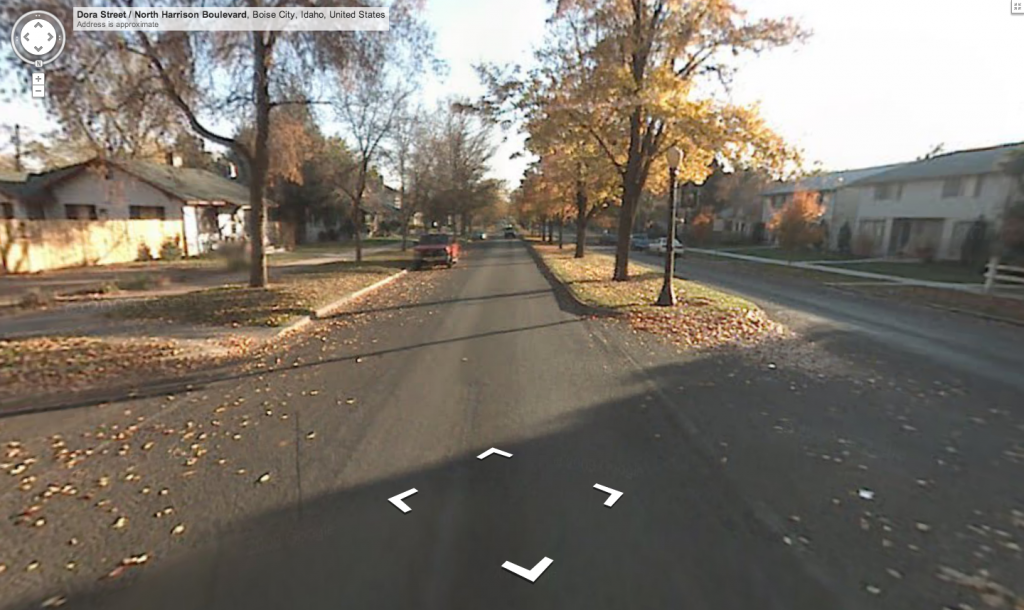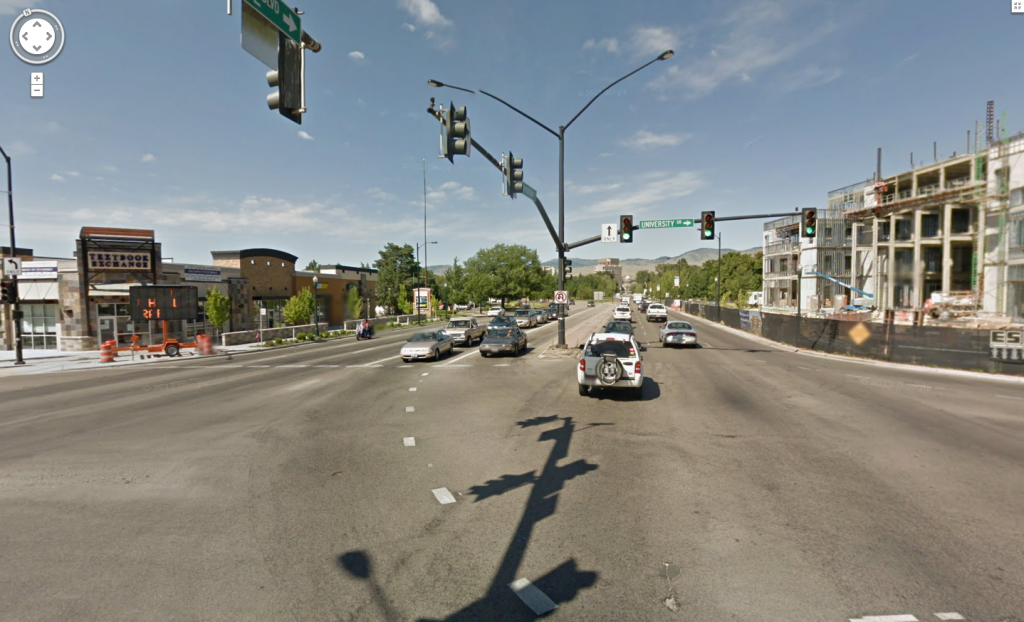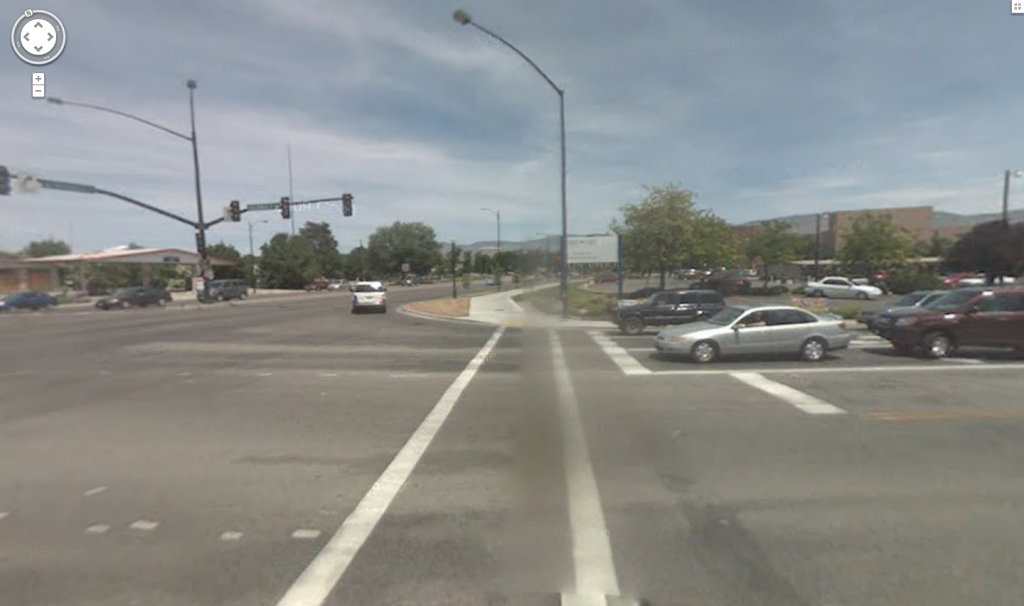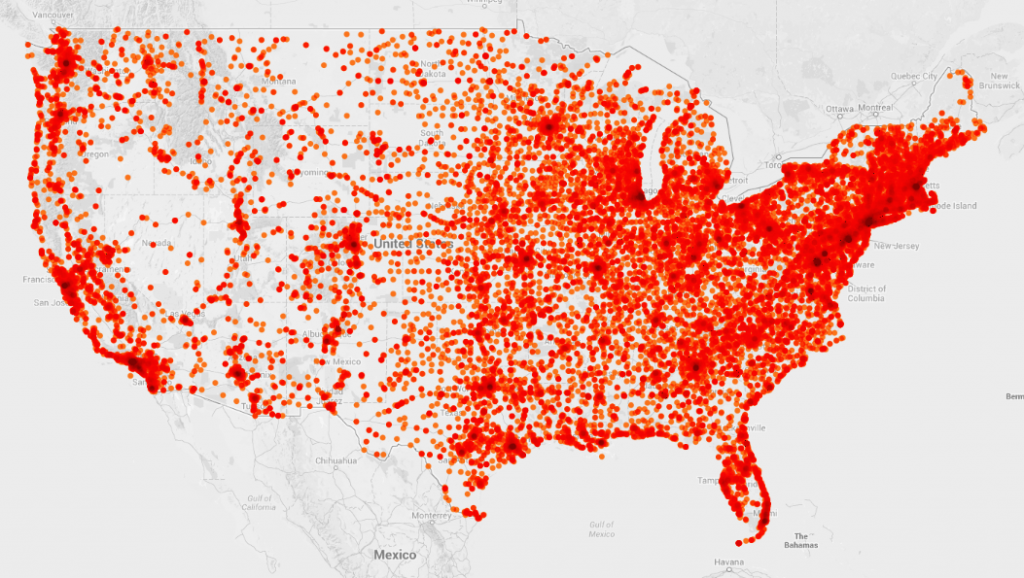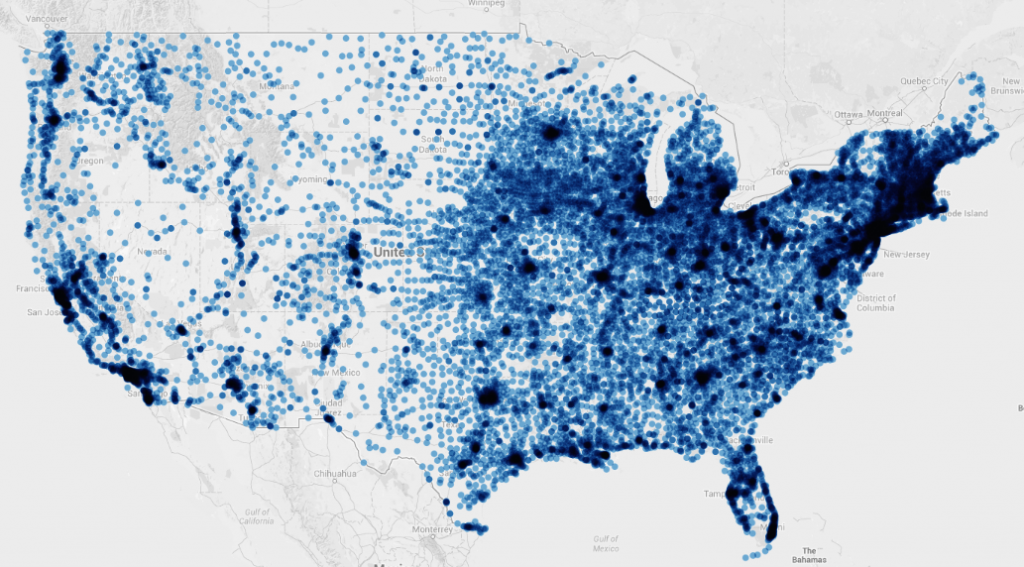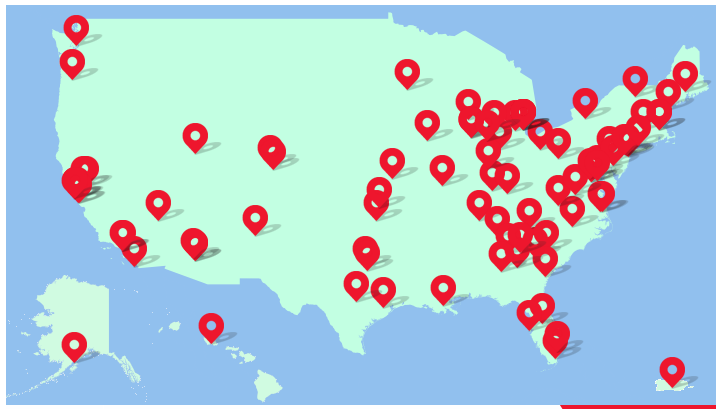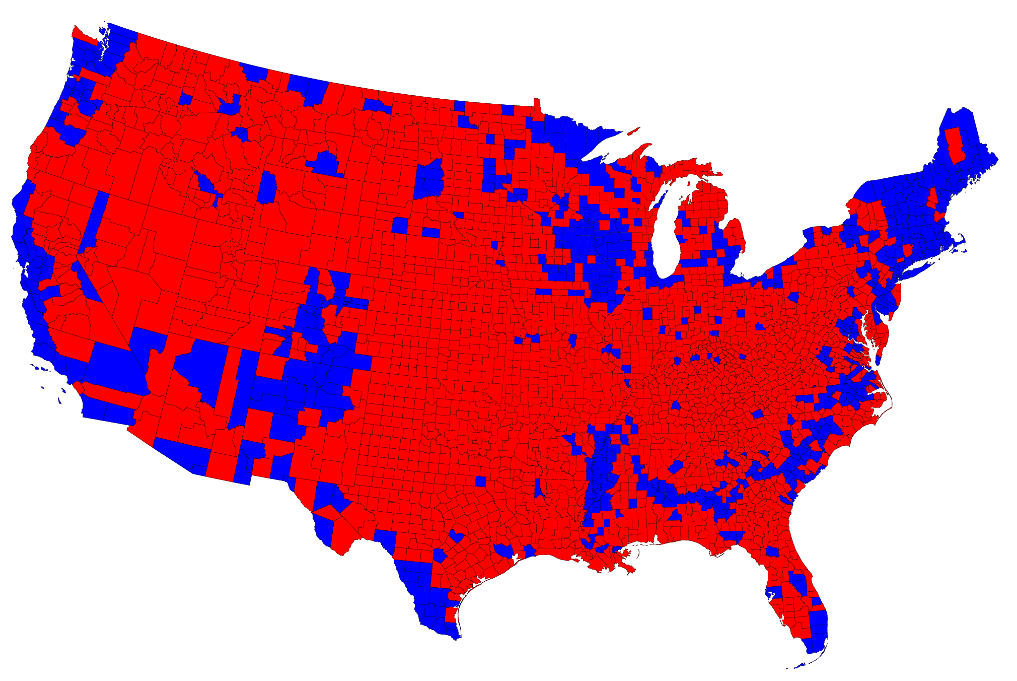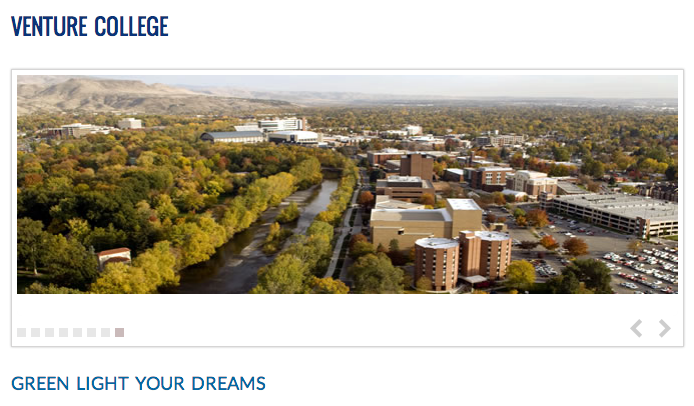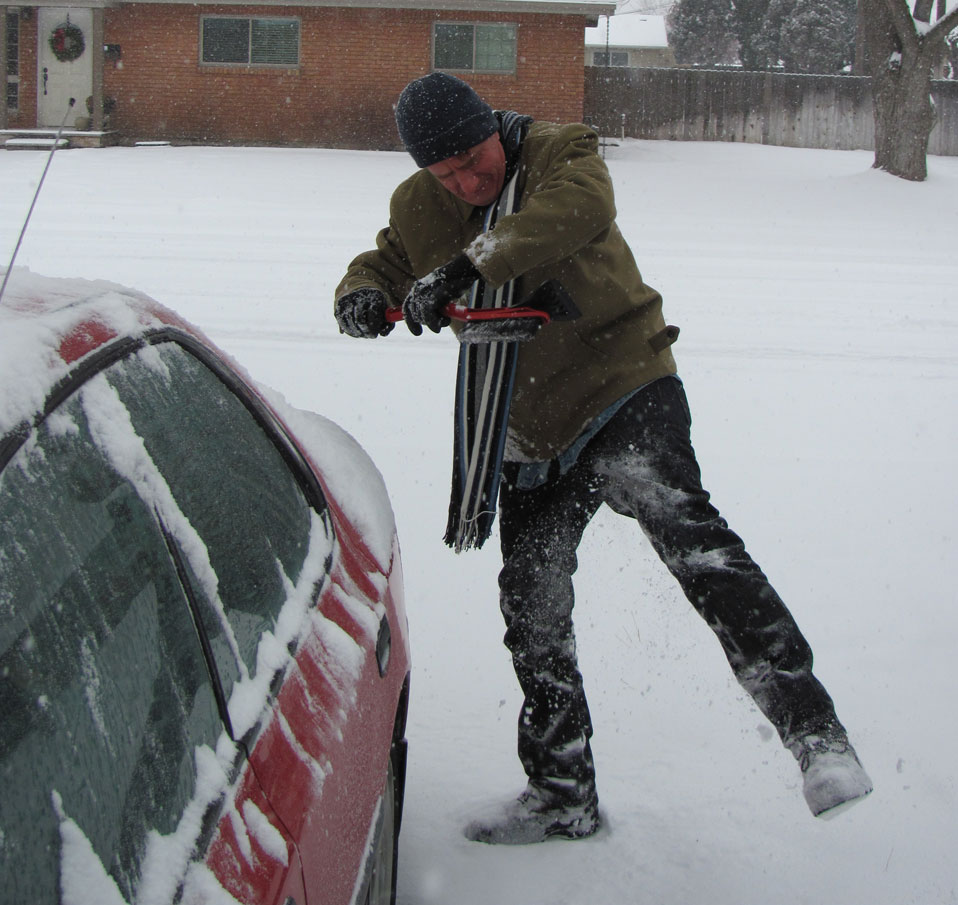I admit it–I’ve used Google Street View to revisit places I used to live, and it’s fun to see our cars still parked in the driveway or on the street. The views will be updated eventually, of course, but I enjoy the feeling of being transported into the past when it’s presented by Google as if it’s the present.
Even more fun is when I happen onto a seam in the space-time fabric. On Harrison Boulevard in Boise, for example, there’s a moment when the seasons suddenly change if you shift your view to the other side of the street:
And at the corner of University and Capitol in Boise, taking one virtual step to the right jumps you back in time a few years, but it seems like a decade or more:
Even better would be if Google made it possible to dive down through the different “layers” of its Street View drive-bys when they’re updated, instead of just overwriting the virtual landscape with the new images. Google Earth already does have this capacity for some places, and third-party services like WhatWasThere and HistoryPin allow users to “pin” historical photos to specific locations on Google Maps.
What spatiotemporal quirks have you found in Street View?
